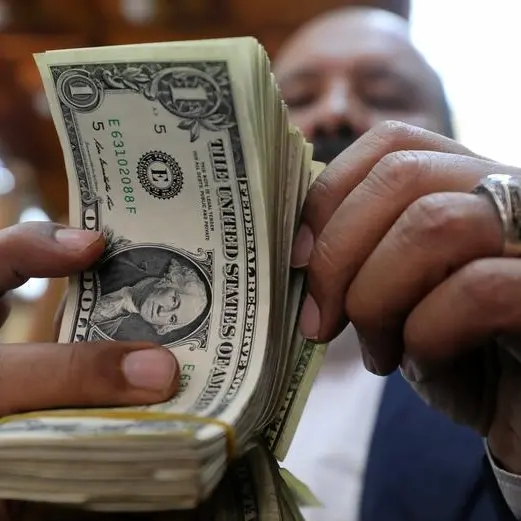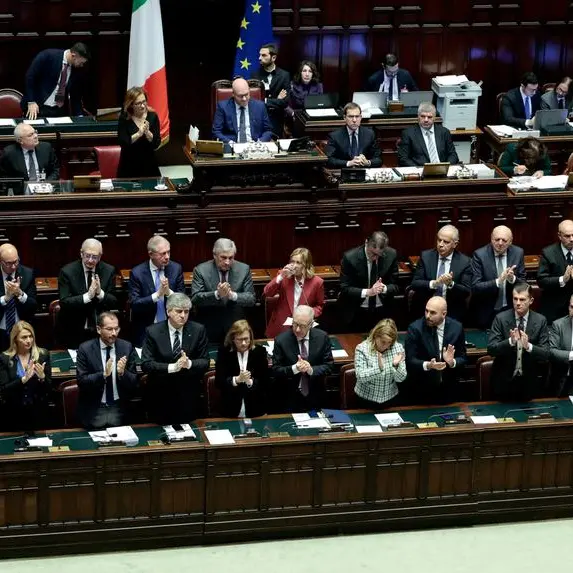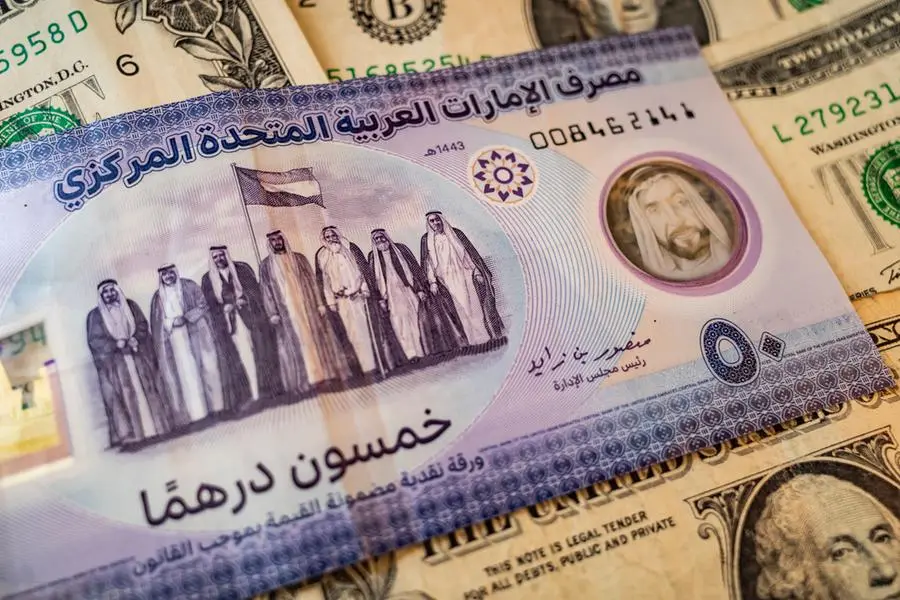PHOTO
One of the major highlights of the Union budget 2024 was the sharp cut in the Basic Custom Duty(BCD) on gold, silver and platinum.
The duty on gold and silver was reduced to 6 percent (15 percent) and platinum to 6.4 percent (15.4 percent) while mobile and accessories from 20 percent to 15 percent.
The customs duty on gold was 10.75 percent as of 2/2/2021 which was increased to 15 percent w.e.f. 1st July 2022.
Besides oil, India spends heavily on the import of gold and electronic goods. Indian consumers, particularly souths, have an emotional attachment to the yellow metal; for them it is more than a precious metal. Gold has cultural and historical value.
This is very much evidenced at the sale during the “Akshaya Tritiya” time.
The industry leaders and the general public have welcomed the move as this was one of their long pending demands. The government expects the duty cut to boost to the gem and jewelry industry.
It will create additional employment opportunities in the industry.
The Indian investors also keep their savings in commodities like Gold among other class of investments.
Investment in Gold is considered a “Safe Haven” because of the stability in value, liquidity and it also acts as a hedge against inflation.
In fact, the government suffered huge revenue loss due to the illegal import of gold on account of the higher duty. Of late, there was a surge in gold smuggling, and in 2023 itself it was estimated that around 155 tonnes of gold were smuggled into the country.
A large number of cases of huge smuggling of gold have been reported in the airports in India. Now the smuggling chain has broken. One major advantage of this cut is that it will help to reduce the illegal channels. The present level of duty, makes it unattractive for gold smuggling and a disincentive for reverse hawala.
There is also a flip side to this story. A major chunk of India’s forex earnings is used for import of oil, gold and electronic items. Therefore, any incentives for these items will have far-reaching consequences on the Indian economy.
India is one of the world’s largest importers of Gold. Gold accounts for 5 percent of the total import bill of the country. The major portion is imported from Switzerland followed by UAE and Africa. India imports on average 700 to 800 metric tonnes of gold every year. In 2023-2024, the import bill on gold was to the tune of $45.54 billion as against $35 billion in the previous year. With the cut in the basic customs duty from 15 percent to 6 percent, no doubt, the import bill is going to go up. The higher gold import directly impacts the current account deficit(CAD) of the country. Currently, India holds $650 billion of forex reserve which is at comfortable level. As far as the import of oil, we don’t have an option, but any surge in the import bill of gold will adversely affect all key indicators of the economy.
Another adverse effect on the duty cut on Gold is on the Banks and Non-Financial Banking Companies (NBFCs) who finances against the security of gold ornaments. At least on a temporary basis, these entities may face issues due to the fall in gold price. They sanction loans against gold ornaments based on loan-to-value ratio (LTV). This ratio influences the Gold loan amount and repayment terms. Banks/NBFCs determine the ratio based on the RBI guidelines. The gold prices influence the cost of gold loan by affecting the LTV ratio. Higher prices lead to higher LTV and vice versa. Therefore any downward movement in the value of gold will make collateral value less and a lower LTV ratio.
In short, the reduction in the basic customs duty on gold and precocious metal is like a “double-edged sword”. While a section of the general public and the gem and jewelry industry have been grossly benefited, the current account deficit(CAD) need to be checked consistently to rule out the possibility of abnormal import bills. As said by an industry expert in Mumbai recently “ Don’t let the Gold become the next Oil”
* The writer is former SBI official and financial expert
© Muscat Media Group Provided by SyndiGate Media Inc. (Syndigate.info).























